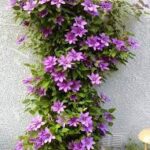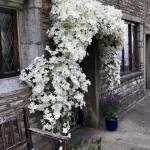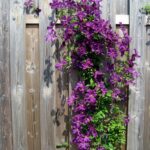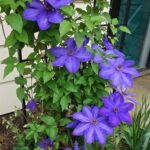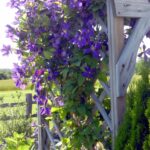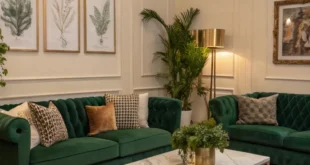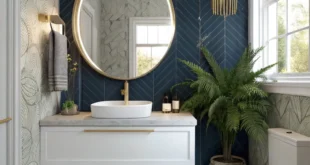Clematis plants are known for their stunning display of colorful blossoms and climbing vines, making them a popular choice for gardeners looking to add a touch of elegance to their outdoor spaces. However, cultivating these beautiful plants can be a bit tricky for inexperienced growers. To help you successfully grow clematis, we have rounded up some optimal techniques that will ensure your plants thrive and bloom abundantly.
1. Choose the Right Location: Clematis plants prefer a sunny location with well-drained soil. Make sure to plant them in a spot that receives at least six hours of sunlight each day. Additionally, avoid planting clematis in areas with strong winds, as the delicate vines can be easily damaged.
2. Provide Adequate Support: Clematis plants are climbers and need proper support to grow vertically. Install a trellis, arbor, or other types of support structures near the plant to help it climb and grow. Ensure that the support is sturdy enough to handle the weight of the mature plant.
3. Pruning: Pruning is essential for clematis plants to maintain their shape and promote healthy growth. Prune your plants in late winter or early spring before new growth appears. Cut back any dead or damaged stems and shape the plant to encourage new growth. Different varieties of clematis may require different pruning techniques, so make sure to research the specific needs of your plant.
4. Watering and Feeding: Clematis plants require regular watering, especially during hot summer months. Ensure that the soil is consistently moist but not waterlogged. Consider adding a layer of mulch around the base of the plant to help retain moisture and suppress weeds. Additionally, feed your clematis plant with a balanced fertilizer in the spring to promote healthy growth and abundant flowering.
5. Mulching: Mulching is essential for clematis plants as it helps maintain soil moisture, suppress weeds, and insulate the roots from extreme temperatures. Apply a layer of organic mulch, such as bark chips or compost, around the base of the plant, making sure not to cover the crown. Reapply mulch as needed throughout the growing season.
By following these optimal techniques for cultivating clematis plants, you can ensure that your plants grow and bloom beautifully, adding a touch of charm to your garden. Remember to provide proper support, water, and nutrients to your plants, and they will reward you with a stunning display of colorful blossoms year after year. With a little care and attention, your clematis plants will thrive and bring joy to your outdoor space.
 redboth.com Decoration ideas for your home
redboth.com Decoration ideas for your home

